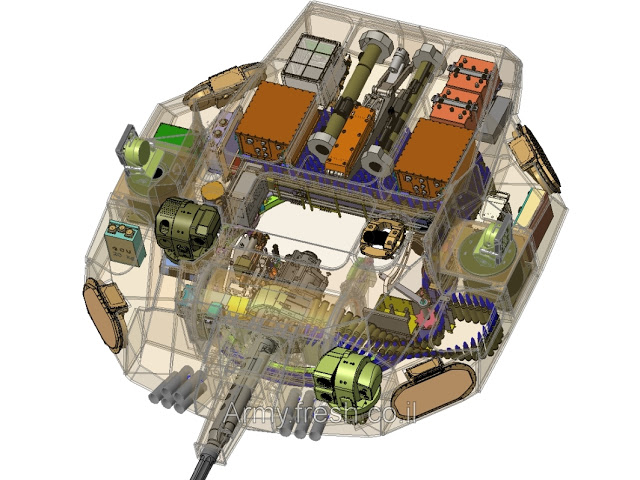Today we’re talking maritime patrol aircraft. There are two on the market worth looking at: Boeing’s P-8 Poseidon and Kawasaki’s P-1. Let’s look at them both and see what we like.
The Poseidon was designed to replace the P-3 Orion, and the P-8 is based on the Boeing 737-800ERX, which means it has the fuselage from the 737-800 and the wings from the 737-900. So it’s based on a recent model of a very popular airliner, which keeps airframe costs down and ensures a good supply of future spare parts. The Poseidon has a weapons bay located behind the wing, with five weapons hardpoints. An additional six hardpoints are under the wings. This bay might seem a little small, but you can’t actually put the bay between the wings, because that’s where the structure is to support the wings.
Sensorwise, the P-8A is equipped with the APY-10 multi-mission surface search radar, plus facilities for a large number of sonobuoys, and an EO/IR ball turret. It even has a sensor to detect emissions from diesel ships and submarines. In its standard, USN model, it does not have a magnetic anomaly detector (MAD). This was per a NAVAIR request to reduce weight and improve range. It also allows for a higher-altitude flight profile that is more fuel efficient, especially for an airliner-derived platform. In turn, the lack of MAD has been frequently criticized. It should be noted that this shouldn’t be seen as an indictment of the platform; regardless of what you think of the US Navy’s decision the P-8 can be equipped with a MAD, and the version for India has been sold with one.
The P-1 was also designed to replace the Orion, and it took a notably different path. It’s about the same size as the Poseidon, but it’s optimized for lower-altitude flying, with less-swept wings. It’s equipped with advanced avionics, including a fly-by-light flight control system, an HPS-106 AESA surveillance radar, and a magnetic anomaly detector standard. It has eight internal and eight external hardpoints for weapons. It does not have provision for midair refueling.
In terms of comparatives, the P-1 has more weapons capacity, and flies the traditional lower altitudes of the P-3 Orion. The P-8 is a higher altitude aircraft, for better and for worse. The P-8 has a big edge in terms of costs, being based on a currently-produced airliner, being in higher-rate production, and having tons of spares readily available. The popularity of the 737 platform will mean that there will be a large supply of future spares too.
And, like everyone else who has looked at these two, we’re going with Poseidon. Which begs the question, to MAD or not to MAD? I’m going to hedge here, because I really want to see some data or some test results, but I don’t have them as an armchair strategist. I’ll tentatively say “With MAD”, understanding that I’m open to data that I don’t have right now showing that it’s really not needed.
